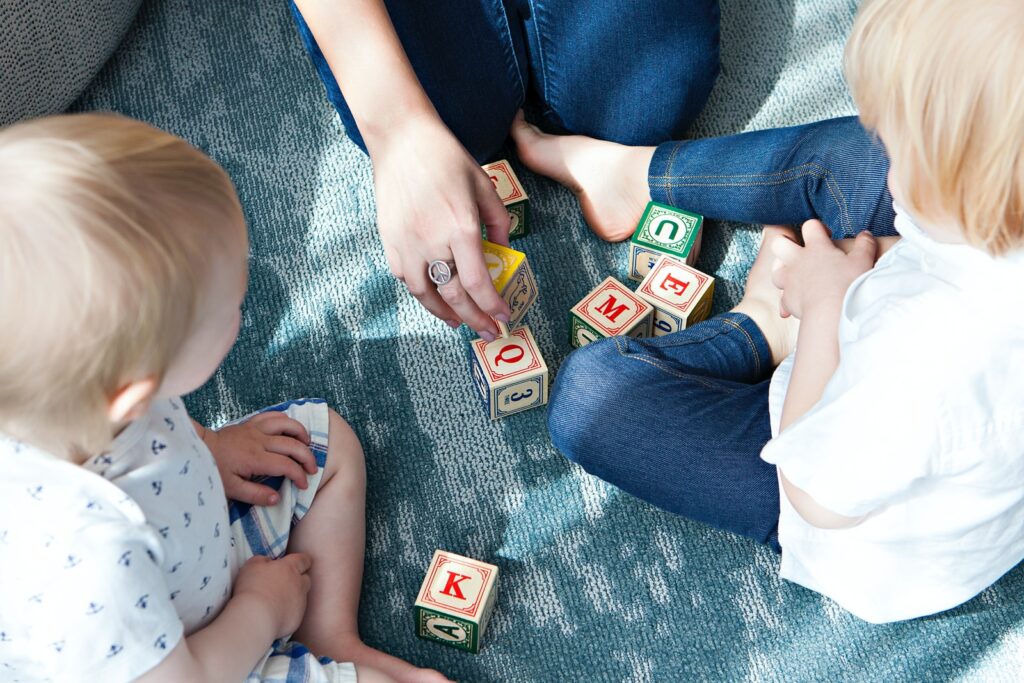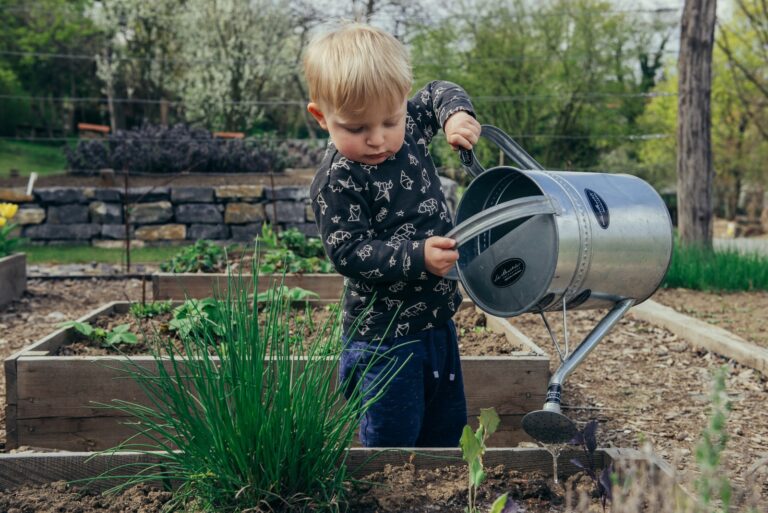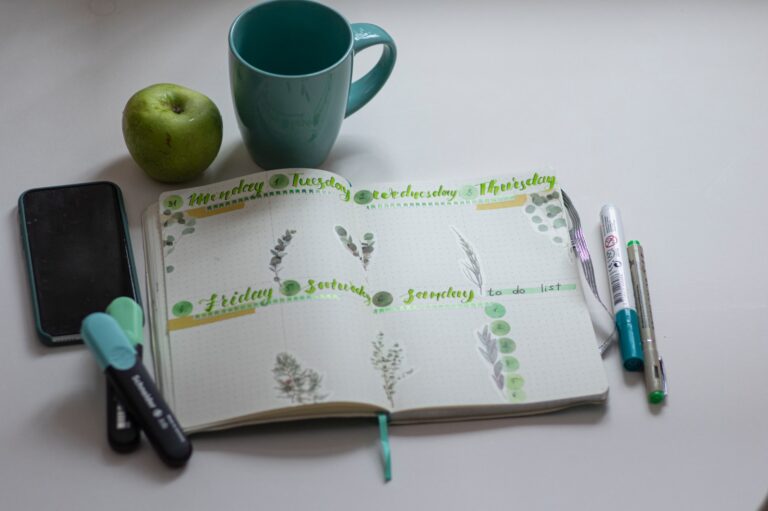How to Create the Perfect Homeschool Schedule!
We may earn money or products from the companies mentioned in this post.

Schedules make the world go round right? Whether you shop on line or at your local Walmart, planners, calendars, and organizational gadgets are in abundance. Even some websites are geared solely toward planning and organizing!
You will find many homeschool moms have many different opinions about what a schedule should look like. Some will tell you your schedule needs to be rigid and structured like the Public School System. Some will tell you to forget a schedule and just enjoy schooling.
So, for starters……..
There Is No Perfect Recipe For A Homeschool Schedule!
There are many, many different ways to organize your homeschool day. What works for you in your current season of life, may not work for you 4 years from now.
At the beginning of the 2019-2020 school year I only had 2 kids, ages 5 and 7, so I could keep a fairly organized schedule. School didn’t take a really long time to do since they were in 1st and 2nd grade. When kiddo #3 came in the middle of the school year, things changed drastically. I now had a new born who has me up a lot at night, post partum depression, and 2 kids that needed schooled. I also have a seizure disorder, so sleep is a PRIORITY.
As you can see, we went from a thoroughly structured schedule to a super relaxed one.
Did the end of the school year end up a train wreck in the educational sphere?
NO WAY!
The kids did phenomenal in their studies!
A well organized schedule isn’t necessarily a schedule that tells you exactly what time you start and stop brushing teeth. A good schedule:
- Gives time to establish good hygiene
- Has daily chore lists
- Has a meal plan (CROC POTS ARE YOUR FRIEND!)
- Keeps stress during learning time a minimum
- allows time for play
- Allows time for other activities

Things to keep in mind when you are looking for ways to organize your homeschool day are:
- How many children you have
- The ages of your children
- How many extra outside activities do you have, and what days
- Are you married, or single
- Do you care for an elderly parent or a child with a disability
- Do you have a full time or part time job
- How you are going to include chore times and meal preparations
- What are your educational goals
- How many hours will you homeschool
- What curriculum you are using
Overall though, most homeschool schedules fall into one of the following categories:
Traditional
The Traditional Block Schedule The Traditional Block Schedule is ideal for teaching specific subjects at a specific times. This may be good for your family if you enjoy a very structured day, if you or your spouse work, or if your child feels more relaxed and peaceful with a structured learning routine. If this is how you plan to run your school day, keep a back up plan for days when things won’t run smoothly or according to schedule
Checklist
The Checklist Schedule The Checklist Schedule is a simple daily or weekly checklist designed to keep both students and parents on track, but nothing has to be done at specific times. This schedule may work well for older children. If guided and implemented properly, a checklist schedule can teach them how to manage their time, which is something they will need to be able to do throughout their adulthood. This schedule can also provide a great visual for children, no matter the age by allowing them to see what tasks need to be completed in a daily and or weekly format. This type of schedule is also good for chore lists.
Relaxed
The Relaxed Schedule Some parents may decide that they enjoy a Relaxed Schedule that allows school subjects to get covered in a general period of time. This is a good option for families who enjoy routine, but find that strict schedules generate stress. It is semi-structured, but also is very flexible. With this schedule, families can reserve a day out of the week for field trips, doctor appointments, or trips to the grocery store. This schedule works well for children who begin to lose focus when required to sit for extended periods of time, this especially may apply to young children. The Relaxed Schedule is my preferred routine.
Loop
The Loop Schedule The Loop Schedule is the most laid back of the four main schedule types. A family that uses this schedule decides how many times per week each subject will be covered; then they organize their decisions into a list. They start their week at the top of the list, and schoolwork isn’t divided into any particular time blocks, so it can be completed at any time during the day. When the list is finished, they just start back at the top! A loop schedule accommodates the many unexpected events that interrupt school time. This schedule may also allow children to explore their interests. Say you are doing a unit on space, and your child is showing great interest in the subject. The use of a loop schedule can provide enough flexibility to allow you and your child to spend extra time on this particular subject while spending less time on subjects that your child has already mastered.
So the main essentials that make your homeschool schedule functional is:
- Your children are progressing in their learning
- there is a healthy balance between work, school, and play
- stress is at a minimal

Hopefully soon, I plan to have a free printable bundle available for new homeschoolers (and veterans!). Included in the packet will be printables for the different types of homeschooling schedules. Check back often for this coming freebie, or sign up to be notified when it becomes available!






